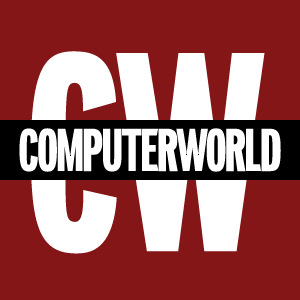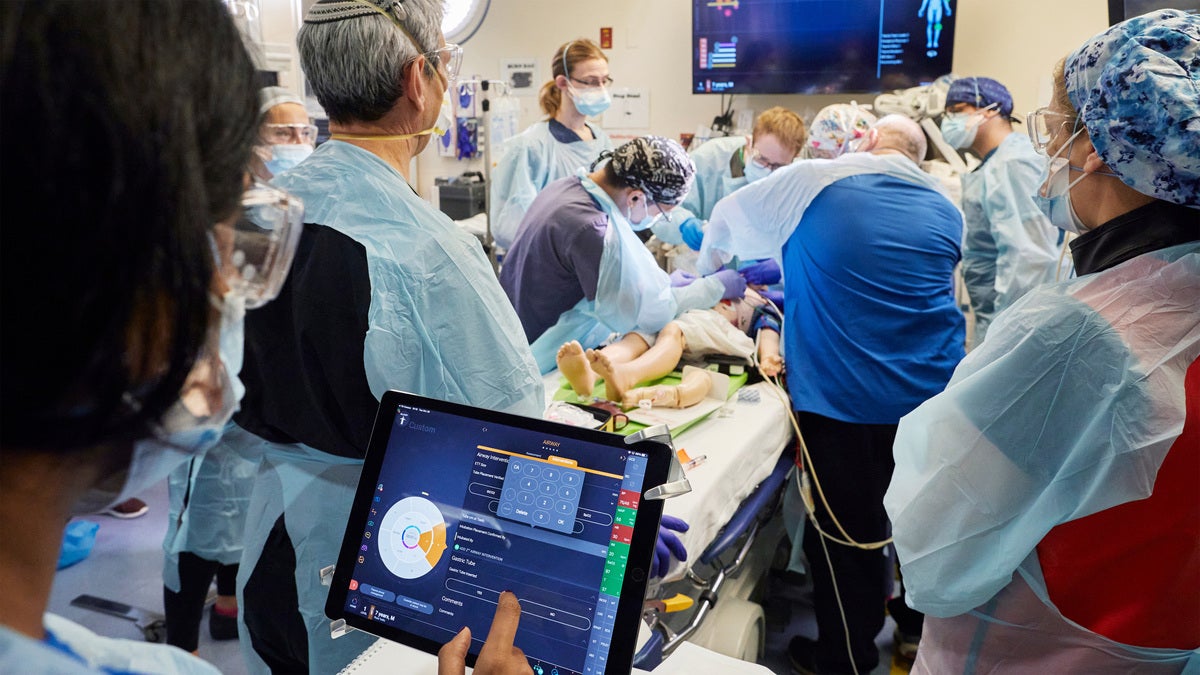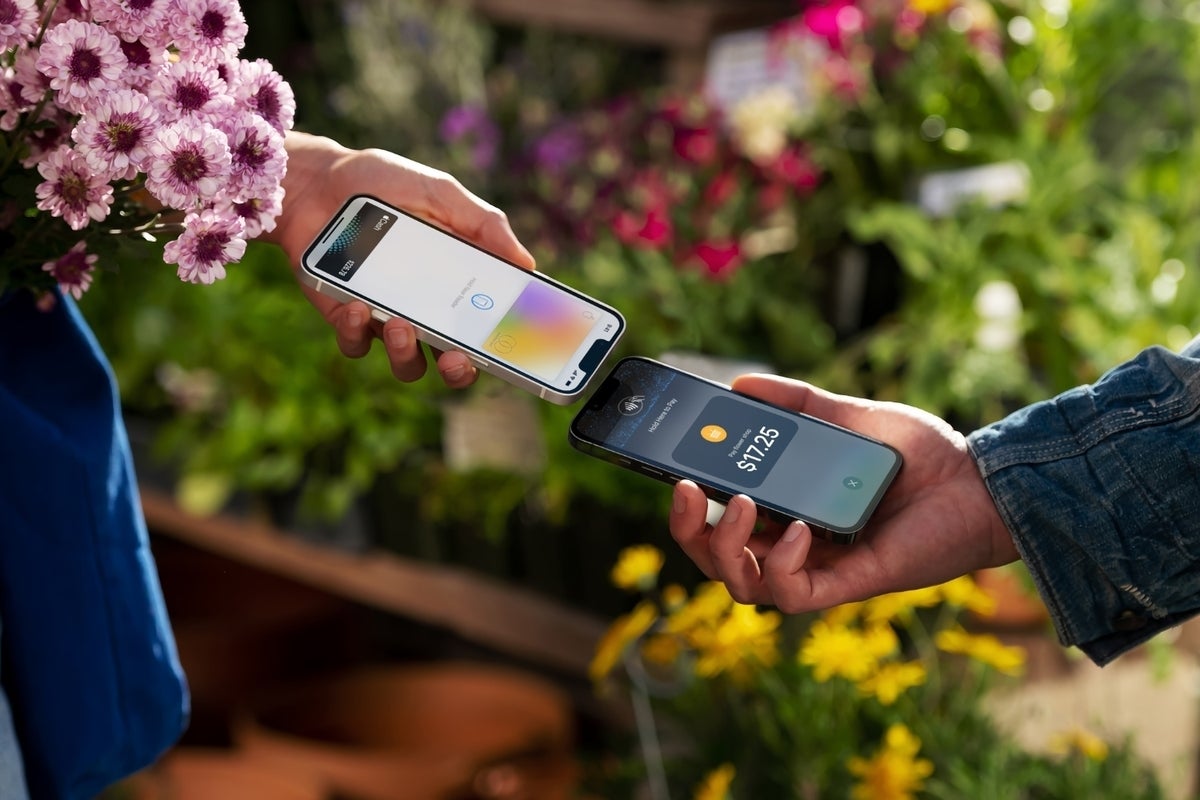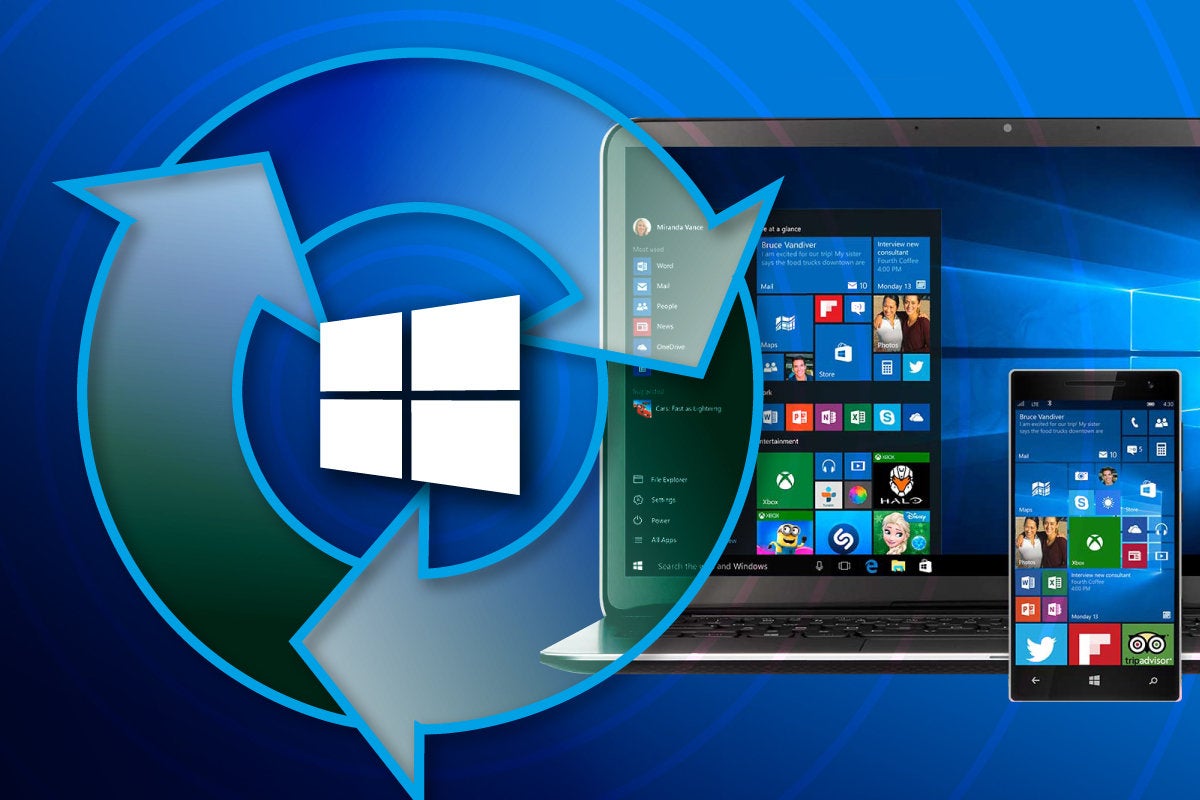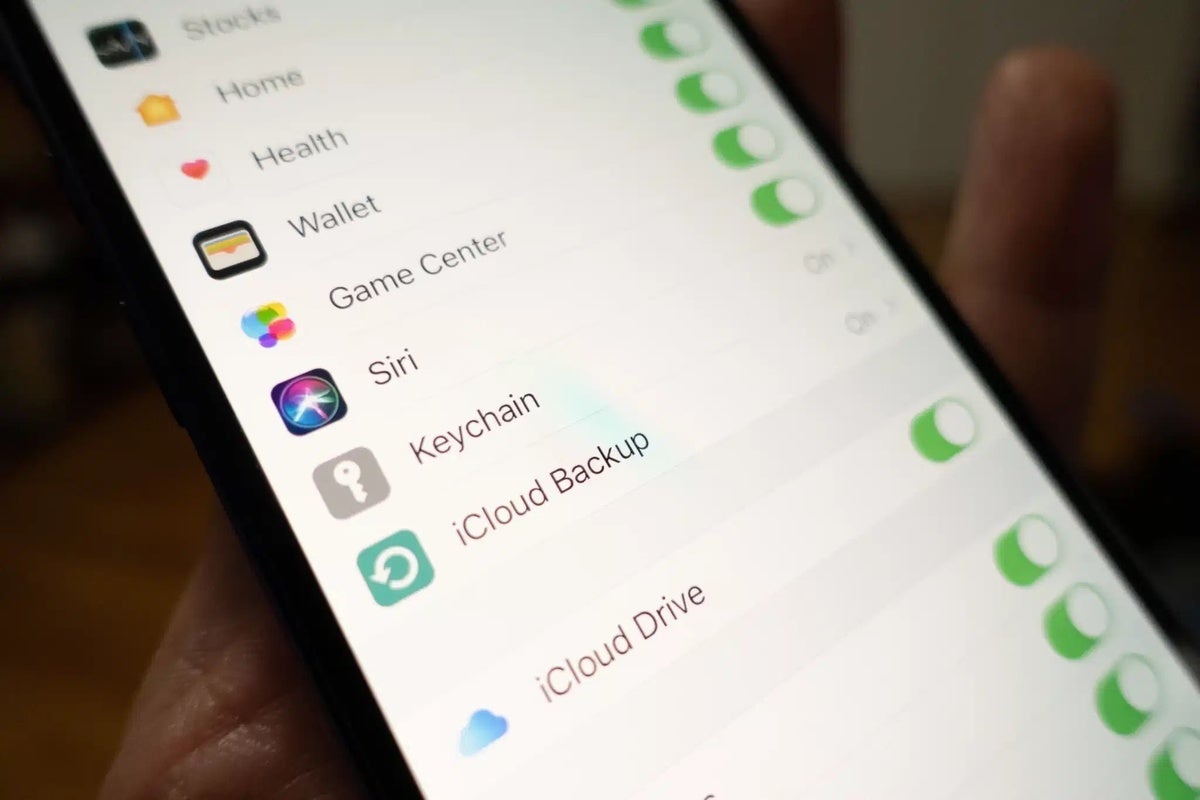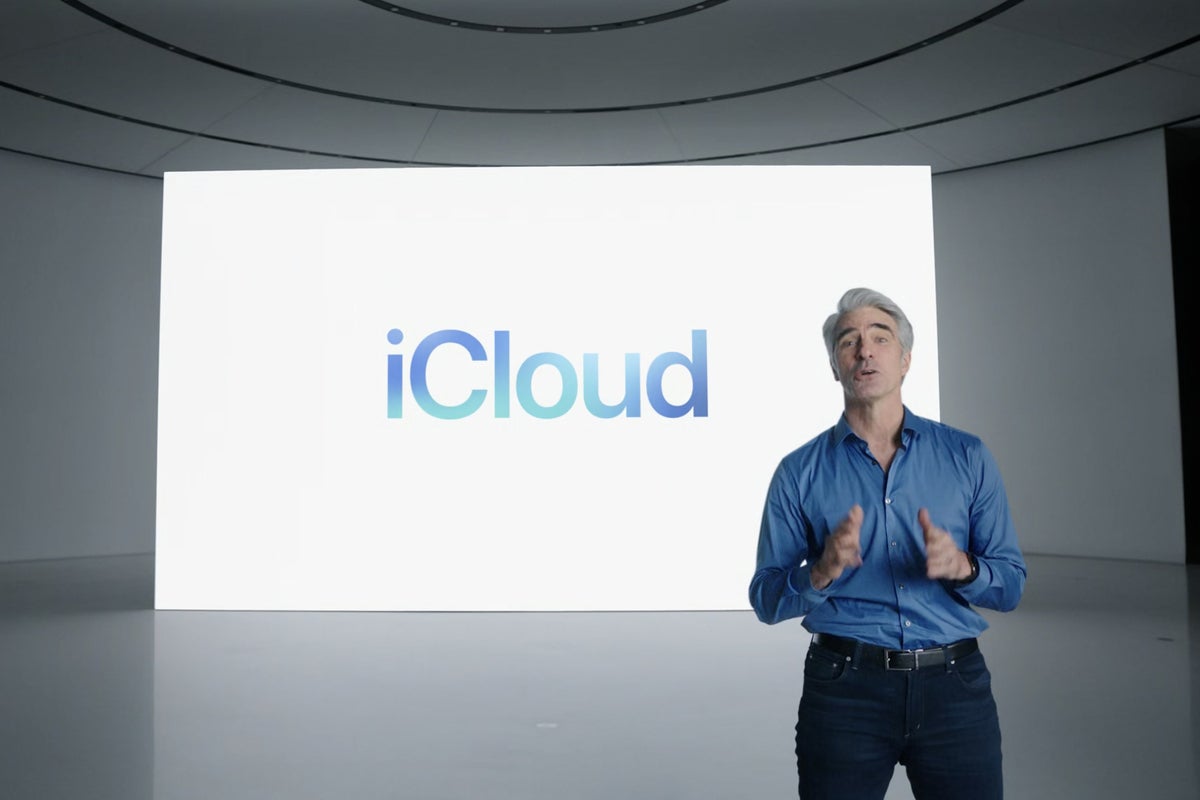[ad_1]
Some companies want people back at their desks. Others are okay with them working from their kitchen tables. How 2022!
But why not let them work from wherever they’ve pulled their RV over by the side of the road with SpaceX Starlink?
I have friends who don’t work from their office or their homes.
They work from wherever they find themselves. Indeed, you know one of them. Computerworld’s own Mike Elgan has been a digital nomad for years. He’s been working near Venice, Italy.
Me? I’m a homebody who usually works from home, but I’ve been working from Madrid this week.
But, it’s not easy.
Take Internet connectivity. Even more than power — that’s what batteries are for — we need the internet to work.
As the Mobile Internet Research Center points out: “There is no singular ‘best solution’ for all mobile Internet situations. If you want or need to move locations fairly often, you need to be prepared for the reality that what works best will change each time you relocate.”
They’re right. It changes every time.
I use Verizon when I’m in the US for my 4G/5G internet of last resort. But when I’m in Europe, I switch to my Google Fi. The Fi service is much cheaper and has better coverage for international calls and the internet.
How many people want to pay for two phone services?
But, what if you get a high-speed Internet connection that would work for you wherever you went — say, something you could hook up on your RV or boat?
That’s no longer a fantasy. SpaceX’s Starlink is now available as Starlink for RV.
With this, throughout the continental US, much of Canada, and a great deal of the UK and Europe, you can now get Starlink download speeds of over 100Mbps, upload speeds in the 12Mbps range, and latency of around 20 milliseconds.
That’s more than fast enough for work and videoconferencing.
Curiously, Starlink says you can sign up and grab a dish for your RV or boat right now. In the meantime, I’m still on the waiting list and won’t be getting a dish until mid-2022. Come on, Elon! Let’s get this dish on my roof!
Before you whip out your credit card, there are several items in the FAQ fine print you must consider.
First, you’ll only get Starlink’s “best-effort service.”
As the Starlink for RVs FAQ explains: “Network resources are always de-prioritized for Starlink for RVs users compared to other Starlink services, resulting in degraded service and slower speeds in congested areas and during peak hours. Stated speeds and uninterrupted use of the service are not guaranteed. Service degradation will be most extreme in ‘Waitlist’ areas on the Starlink Availability Map during peak hours.”
I don’t like the sound of that, but it’s still better than many of the alternatives.
In my case, Verizon covers most of the places I go to in the States. “Most.” Starlink promises to take care of me wherever I go, so long as I’m not in a city with skyscrapers blocking my satellite line of sight.
It’s also not cheap.
Ordinary Starlink costs $110 per month with a $599 one-time equipment fee. Starlink Business costs $500 per month with a $2,500 one-time equipment fee. The mobile version will cost an additional $25 a month, so you can expect a final monthly bill of $135.
That’s still less than I’m paying for my Spectrum gigabit cable connection that I can’t take anywhere.
And, if you have your RV in your driveway, you can pause the service. You only pay for the months you’re actually on the road.
You also can’t put Starlink on a car. Although I must say the idea of driving a Tesla Model S with a Starlink antenna on the roof brings a grin to my face. You really need an RV. Or, if you never plan on hauling anything in your pickup truck, I guess you could put one there too.
And, if you have a private jet to call your own, someday soon, you may be able to buy Starlink Jet.
So, is it worth it? I think it is for some people. If you work and you really like the idea of van life, this sounds good. My partner Mary and I have been toying with the idea of getting a small RV for years now, and this would make it much easier. Stay tuned.
I and my Starlink connection may soon be coming to a town near you!
Copyright © 2022 IDG Communications, Inc.
[ad_2]
